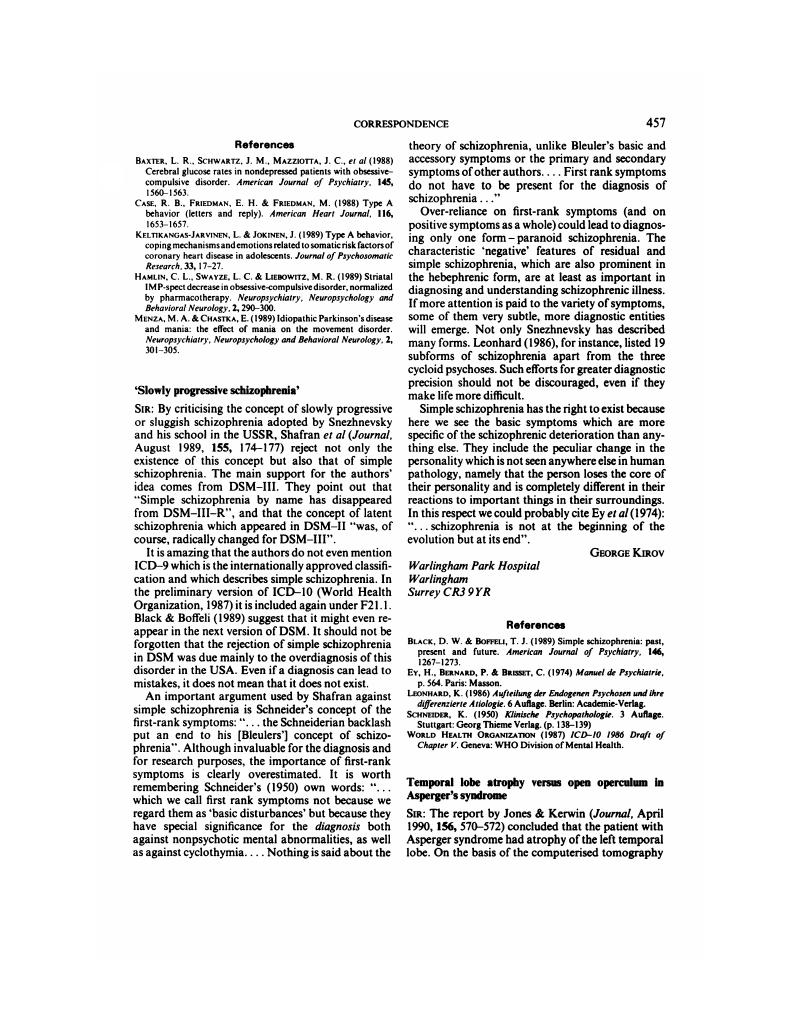Crossref Citations
This article has been cited by the following publications. This list is generated based on data provided by Crossref.
BERTHIER, MARCELO L.
BAYES, ANGELES
and
TOLOSA, EDUARDO S.
1993.
Magnetic Resonance Imaging in Patients with Concurrent Tourette's Disorder and Asperger's Syndrome.
Journal of the American Academy of Child & Adolescent Psychiatry,
Vol. 32,
Issue. 3,
p.
633.
Gillberg, Christopher
and
Coleman, Mary
1996.
AUTISM AND MEDICAL DISORDERS: A REVIEW OF THE LITERATURE.
Developmental Medicine & Child Neurology,
Vol. 38,
Issue. 3,
p.
191.
Gillberg, Christopher
1996.
The psychopharmacology of autism and related disorders.
Journal of Psychopharmacology,
Vol. 10,
Issue. 1,
p.
54.
Aronowitz, Bonnie R.
Decaria, Concetta
Allen, Andrea
Weiss, Nicola
Saunders, Audrey
Margolin, Lisa
Mosovich, Serge
Baum, Montebuchs
and
Hollander, Eric
1997.
The Neuropsychiatry of Autism and Asperger's Disorder: Review of the Literature and Case Reports.
CNS Spectrums,
Vol. 2,
Issue. 5,
p.
43.
Berthier, Marcelo L.
Dávila, Guadalupe
Torres-Prioris, María José
Moreno-Torres, Ignacio
Clarimón, Jordi
Dols-Icardo, Oriol
Postigo, María J.
Fernández, Victoria
Edelkraut, Lisa
Moreno-Campos, Lorena
Molina-Sánchez, Diana
de Zaldivar, Paloma Solo
and
López-Barroso, Diana
2020.
Developmental Dynamic Dysphasia: Are Bilateral Brain Abnormalities a Signature of Inefficient Neural Plasticity?.
Frontiers in Human Neuroscience,
Vol. 14,
Issue. ,




eLetters
No eLetters have been published for this article.